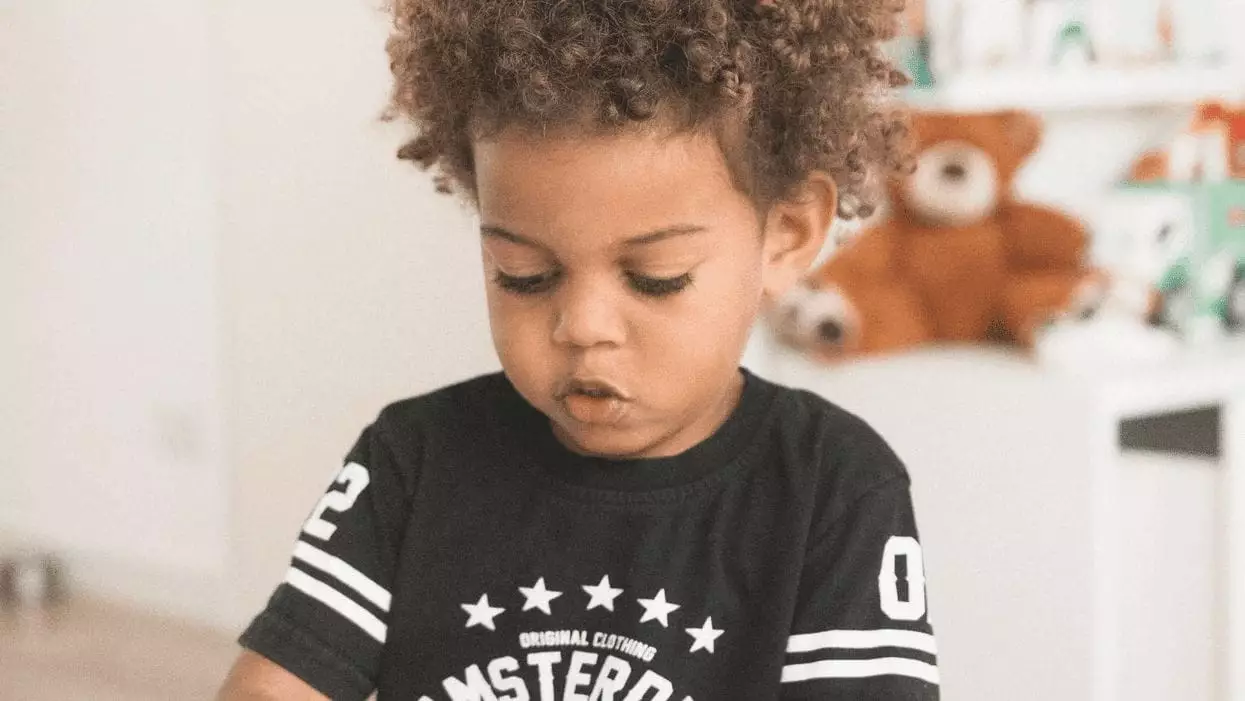Transitioning your child to preschool is a significant milestone that can evoke a range of emotions for both parents and children. It marks the beginning of a new chapter filled with learning, social interactions, and increased independence. Thus, it is essential to start preparing for this important transition early. The application of Montessori principles at home can pave the way for a smoother, more confident entry into preschool life. By incorporating these methods into daily routines, not only do caregivers set children up for success—but they also foster an environment rich in exploration and self-learning.
At the heart of Montessori methodology lies the idea of a “prepared environment.” Parents and caregivers play a crucial role in crafting spaces that cater to the developmental needs of their children. One of the key strategies is to observe your child and adapt their surroundings based on their evolving interests and developmental stages. For instance, if your toddler is beginning to walk, providing sturdy furniture for them to pull up on can encourage their movement skills.
This fosters a sense of autonomy and allows children to explore their surroundings freely, building their confidence and independence. A clutter-free, organized space not only makes it easier for children to choose their toys but also minimizes the risk of overwhelming them with too many options. Choosing toys that promote active engagement rather than passive consumption is critical. Simple, hands-on materials promote cognitive skills and problem-solving abilities which are integral to Montessori philosophy.
A key component of preparing children for preschool is nurturing independence in their daily routines. One effective way to do this is by encouraging children to take responsibility for their belongings. Small adjustments, such as installing low hooks for coats or accessible baskets for shoes at the entryway, encourage children to participate in their daily transition from home to outside activities.
Involving children in the process of getting dressed or learning to put their shoes away fosters a sense of responsibility. Start with two or three clothing choices to minimize indecision. Supporting your child’s desire to “do it themselves” instills a deeper love for independence and responsibility, which are vital traits as they grow.
Mealtime presents another opportunity for fostering independence and responsibility. Creating a calm and distraction-free eating environment helps children develop healthy eating habits. Rather than rushing through meals or catering to distractions, allow children to practice self-feeding with utensils or hands as they grow.
It’s essential to accept that messes are a natural part of this learning phase. Allowing children to experiment with food teaches them about textures and flavors while developing their fine motor and self-regulation skills. Rather than simply feeding your child, engage them in the whole process—setting the table, pouring their drink, and cleaning up afterward. These participatory methods not only enhance motor skills but also create positive associations with food and mealtimes.
Language acquisition begins at birth, and early exposure to rich, varied language is crucial for developing strong communication skills. Use real words and names for objects instead of overly simplified terms; for example, refer to a “white fluffy cat” instead of just “cat.” The goal is to have your child absorb accurate language, enhancing their vocabulary and comprehension.
When your child attempts to communicate, encourage them by echoing back their words without correction. This approach nurtures their confidence—avoiding the pitfall of embarrassment over mistakes—while gradually refining their language skills. Consistency in language use among caregivers is vital for fostering understanding and connection.
Young children are sensory learners. They absorb knowledge through their experiences. Facilitating a hands-on, interactive approach enriches their learning. Encourage sensory experiences like feeling rain, smelling flowers, or tasting different foods—these actions help children correlate experiences with language, promoting comprehension.
While memorization can be a part of learning, true comprehension comes from engaging with the world. By focusing on lived experiences—counting petals, feeling textures, or listening to sounds—children will develop a robust foundation. This immersive approach will prepare them not just for preschool academics but also for understanding the world around them.
Finally, transitioning to preschool can be made easier by establishing routines that mimic the preschool schedule. Gradually introducing new daily rhythms of naps, meals, and play can help children adapt more readily to the structure of school life. This consistent approach will allow them to become accustomed to timed activities, ensuring a smoother transition when the time comes.
Incorporating Montessori principles at home lays fruitful groundwork for your child’s developmental journey. By nurturing independence, establishing routines, and fostering a love of learning, caregivers can significantly enhance their child’s readiness for the adventures that await in preschool. This preparatory phase not only benefits children but strengthens the bond between caregiver and child, cultivating a deeper understanding of each other through exploratory learning.

